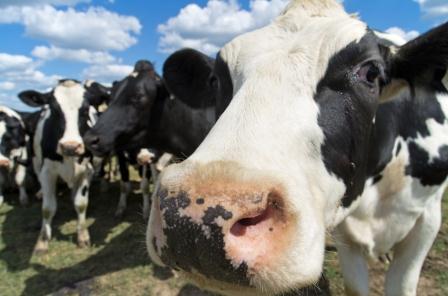Revised in January 2016
“Gluten-free” and “very low gluten” labelling
Labelling requirements
Starch Europe members welcomed the adoption of Commission Implementing Regulation (EU) No 828/2014 of 30 July 2014 on the requirements for the provision of information to consumers on the absence or reduced presence of gluten in food.
In its Implementing Regulation (EU) No 828/2014 of 30 July 2014, the European Commission confirms the labelling requirements for two categories of foods for people intolerant to gluten:
- “very low gluten” foods with maximum 100 ppm of gluten in the food as sold to the final consumer;
- “gluten-free” foods with maximum 20 ppm of gluten in the food as sold to the final consumer.
Foodstuffs for normal consumption may bear the term “gluten-free” only, providing that their gluten content is lower than 20 mg/kg (ppm) in the food as sold.
Legal framework
Implementing Regulation (EU) No 828/2014 shall apply from 20 July 2016 and finalizes the process whereby the legal requirements on gluten related labelling are transferred under the regime established by Regulation (EU) No 1169/2011 on the provision of food information to consumers.
Until 20 July 2016, the composition and labelling of foodstuffs suitable for people intolerant to gluten remains covered by Commission Regulation (EC) No 41/2009.
Despite this transition period, it is important to note that the provisions described above remain unchanged from Regulation (EC) No 41/2009 to Regulation (EU) No 828/2014 and are currently applicable.
Determination of the Wheat Gluten content
Starch Europe members would nevertheless like to highlight the importance of using a proper analytical method, as described in Codex Standard 118-1979[1], for the measurement of gluten content in foods for the purpose of implementing the “gluten-free” labelling requirements as required by EU legislation.
The ELISA R5 Mendez method, mentioned in Codex Standard 118-1979, is widely used today. Other methods, such as the DNA-based/PCR methods, reviewed in the recent EFSA opinion[2] on the matter, fulfil the general outlines for methods provided in Codex Standard 118-1979 and would hence be suitable for non-refined products.
A proper analytical method, including the Immunological and/or DNA-based/PCR methods mentioned above, would ensure that all the gluten in a product is measured, and would ensure that food labelled as “gluten-free” would necessarily fulfil the requirements set out in Regulation (EU) 828/2014. This would provide for the highest level of safety for people intolerant to gluten.
EU allergen labelling of wheat starch derivatives and their use in gluten-free foods[3]
In addition to the above, Starch Europe would like to remind that in 2007, wheat-based glucose syrups including dextrose, wheat-based maltodextrins and products thereof (such as polyols) obtained a permanent exemption from allergen labelling[4]. This means that the wheat origin of these ingredients does not have to be mentioned on the label of the final foodstuff intended to the end consumer.
The botanical origin of substances not covered by this exemption still needs to be labelled. For example: “wheat starch”, “modified wheat starch”, “wheat proteins”, “wheat gluten” (Regulation (EU) No 1169/2011, art. 9).
In the context of this exemption, the Starch Industry remains committed to a Code of Good Practice on the purification of wheat starch hydrolysates (glucose syrup, dextrose, maltodextrin), including a maximum content of 20 ppm gluten/dry substance in these products.
- wheat starch hydrolysates that comply with the conditions for exemption from allergen labelling, have a gluten content below 20 ppm/dry substance and thus can be used without any limitation in foods for people intolerant to gluten and can be labelled “gluten-free”. Their botanical origin does not need to be displayed on foodstuffs’ label.
- wheat starch can be used in foods labelled “gluten-free” or “very low gluten” depending on the gluten content of the starch and on the level of incorporation in the final food, and taking into account that the gluten content in the food as sold to the final consumer is maximum 20 ppm for “gluten-free” foods and maximum 100 ppm for “very low gluten foods”. In such a case the botanical origin (wheat) of the starch must be indicated on the label, independently of the “gluten-free” labelling.
Wheat starch and wheat starch derivatives can therefore be safely used in foods for people intolerant to gluten and in foods for normal consumption labelled as “gluten-free”.

